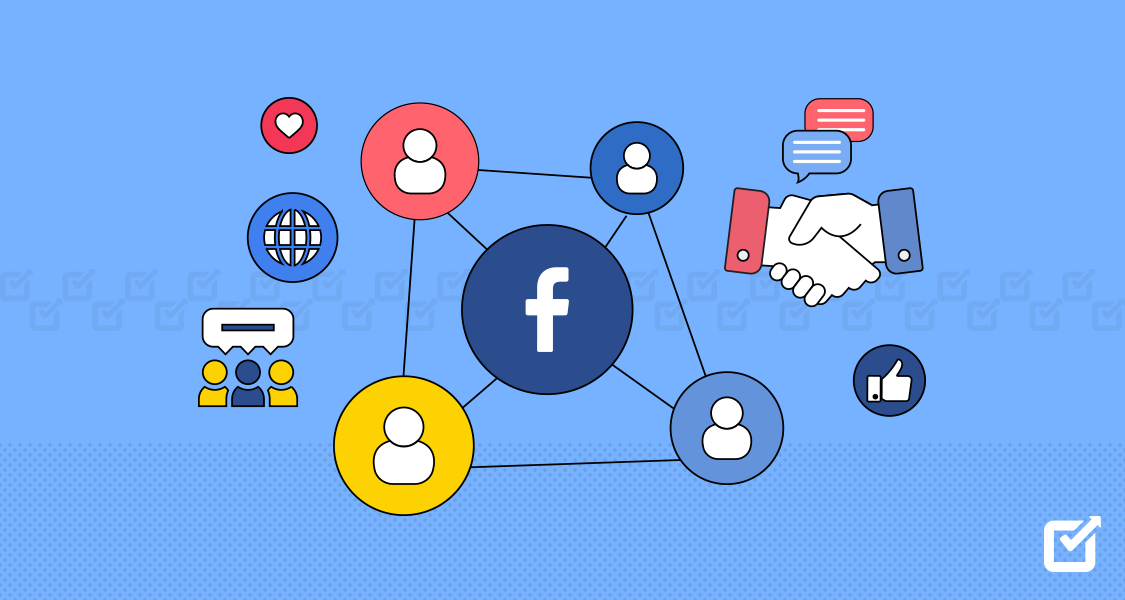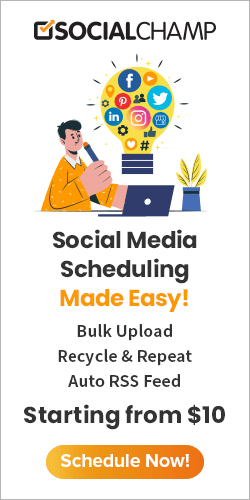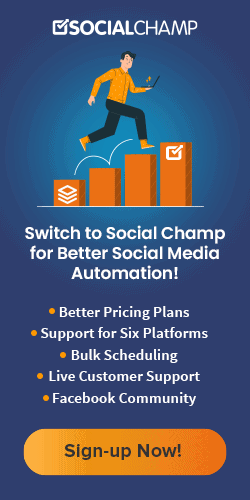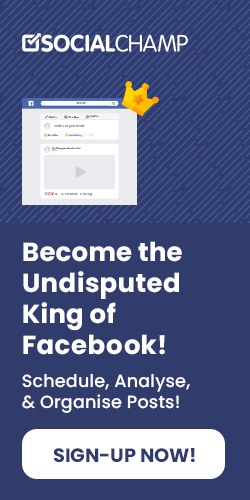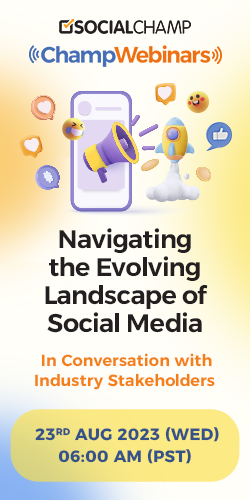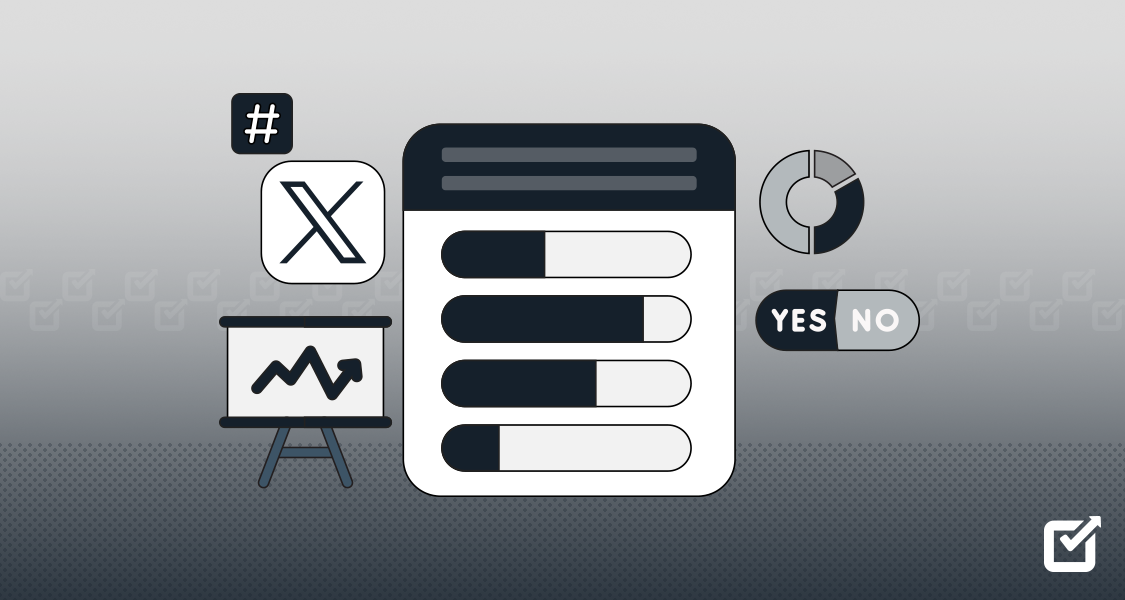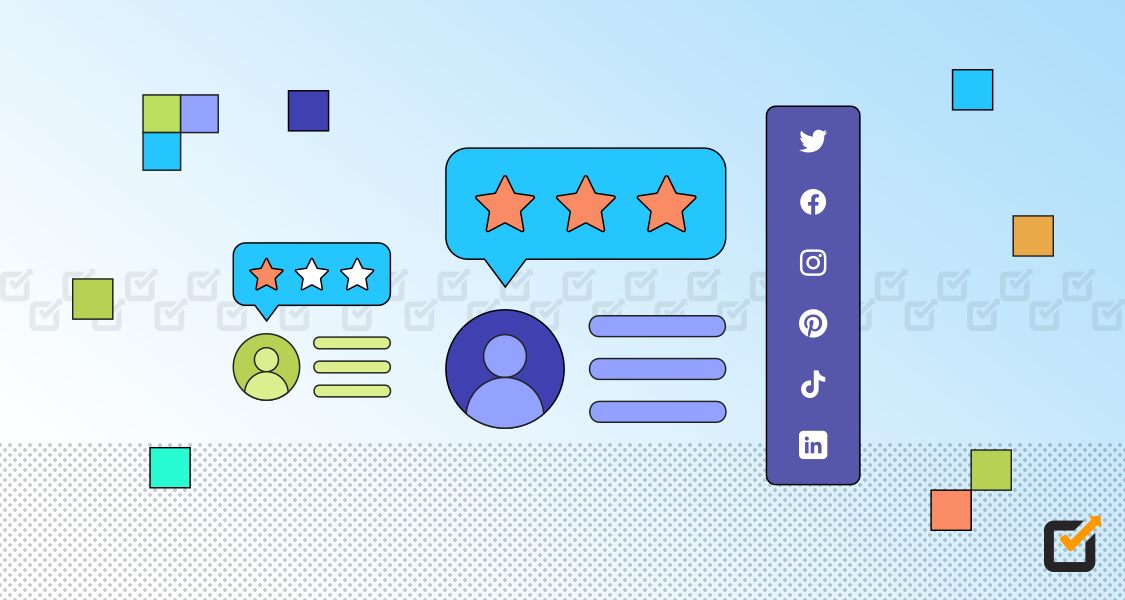According to a Facebook Communities Insights Survey, 77% of people consider the most important group they’re part of to be online. That’s right – whether it’s for hobbies, interests, or support, online communities are where it’s at!
But here’s the really interesting part: 33% of folks in these online communities feel more comfortable sharing their thoughts and feelings there than with their own friends and family. It just goes to show how powerful these virtual communities can be in providing support and understanding.
Now, if you’re thinking about building your own Facebook community, you’re definitely onto something big. But where do you start? That’s where this blog post comes in. We’ve got all the insights and tips you need to create a thriving Facebook community that’ll have people flocking to join.
Remember to leverage a Facebook post scheduler so you can manage your Facebook community effectively. With this tool, you’ll be able to curate Facebook posts, schedule them in advance, and obtain crucial insights that will help you track the performance of your posts.
What is a Facebook Community
A Facebook community is a digital space within Facebook where users with common interests, goals, or affiliations come together to connect, share, and interact. These communities can take various forms, such as Facebook groups and Facebook pages.
Let’s take a look at these types of Facebook communities in detail.
Facebook Groups
Facebook groups are one of the primary forms of Facebook communities. Anyone with a Facebook account can create a group. Seriously, whether you’re passionate about vintage cars, vegan recipes, or the latest binge-worthy TV shows, there’s a group out there just waiting for you to hit that “Create Group” button.
Facebook groups come in two flavors: public and private. Public groups are like open invitations to the whole Facebook community. Anyone can see what’s going on inside, join the conversation, and become part of the action. Social Champ’s Digital Marketing Community is an example of a public Facebook group.

Private Facebook groups on the other hand are a bit more exclusive. Users need to jump through a few hoops – like requesting access or being vouched for by a current member in order to join.

Some groups also require users to agree to group rules or answer a few screening questions so that the group admins and moderators can decide whether to accept their request to join the group or not.

Once accepted into a private group, users have the freedom to be themselves without worrying about who’s watching. Whether they’re sharing personal anecdotes, seeking advice on a sensitive topic, or letting loose with some good-natured banter, they can do so in a safe and supportive environment.
Facebook Pages
Typically, you’ll find businesses, brands, and public figures setting up shop on Facebook pages. Whether it’s the latest product launch or behind-the-scenes glimpses, Facebook pages are the places to be for all things brand-related.
Here’s an example of a Facebook Page:

While Facebook pages are primarily for businesses, organizations, public figures, and brands to establish a presence on Facebook, they also serve as a hub for community building.
Sure, the level of interaction on pages might not be as intense as in groups. But that doesn’t mean users can’t join the conversation. Page followers can engage with the content, leave comments, and even start discussions, adding their voices to the mix.
And let’s not forget about the power of likes and shares. When users come across something awesome on a Facebook page, they can show their support by hitting that like button or spreading the word with a quick share.
Join Social Champ’s Facebook Community!
Gain valuable insights, communicate with like-minded experts, and supercharge your social presence.
How to Build a Facebook Community [Easy & Simple Steps]
We’ve established that you can either build a Facebook group or a Facebook page. I’ll outline the steps for creating each of these Facebook Communities.
How to Create a Facebook Group
Creating a Facebook group is a straightforward process. Here are the steps to create a Facebook group:
Go to Facebook
Log in to your Facebook account and navigate to the homepage. Click on the three horizontal lines to reveal “More” options.

Find “Groups”
On the left sidebar of the Facebook homepage, locate the “Groups” section. Click on it.

Create Group
At the top right corner of the Groups page, you’ll find a “+” or “Create” button. Click on it and choose “Group” to start the process of creating your group.

Set Up Your Group
Fill in the required information for your group, including the group name, description, and privacy settings.

- Group Name: Choose a descriptive name for your group that reflects its purpose or topic.
- Description: Write a brief description of your group, outlining its purpose, rules, and what members can expect.
- Privacy Settings: Choose the privacy settings for your group. You can select from “Public” or “Private.”
- Invite Friends: You can invite your Facebook friends to the group.
- Once you provide the pertinent details, click the “Create” Button.
Customize Group Settings
After adding members, you can customize additional group settings such as posting permissions, membership approval settings, and group notifications. You can access these settings by clicking on “More” in the group menu and selecting “Edit Group Settings.”
Start Posting
Once you set up your Facebook group, you can start posting content, asking questions, and engaging with your community.
Remember to regularly engage with your group members and foster a positive and inclusive community atmosphere.
Related Article: How to Schedule Facebook Posts in 2024
How to Create a Facebook Page
Here are the steps for creating a Facebook Page:
Go to Facebook
Log in to your Facebook account and navigate to the homepage. Click on the three horizontal lines to reveal “More” options.

Find “Pages”
On the left sidebar of the Facebook homepage, locate the “Pages” section. Click on it.

Create Page
At the top right corner of the Pages section, you’ll find a “+” icon labeled “Create.” Click on it and choose “Page” to start the process of creating your page.

Fill in Page Information
Fill in the required information for your page, including the page name, category, and description or bio.

- Page Name: Choose a name for your page that reflects your brand, business, or cause.
- Category: Select the category that best describes your page. This will help people find your page when searching on Facebook.
- Description: Write a brief description of your page, outlining what it’s about and what visitors can expect.
Add Additional Information
You can add additional information to your page, such as contact details, website links, and business hours. This information will appear on your page and make it easier for people to find and connect with you.
Customize Your Page
Upload a profile picture and cover photo for your page. These images should be representative of your brand or business and visually appealing.

Connect your Page to WhatsApp

Build your Page Audience

Explore Page Settings
Once your page is set up, you can explore additional page settings.

Start Posting
Once your page is set up, you can start posting content, sharing updates, and engaging with your audience. You can create posts with text, photos, videos, links, and more to keep your page active and interesting.
Benefits of Building a Facebook Community
Building a Facebook community comes with a plethora of benefits, making it a worthwhile endeavor for individuals, businesses, and organizations alike. Here’s a rundown of some of the key advantages:
Connection and Networking
One of the most significant benefits of building a Facebook community is the opportunity to connect with like-minded individuals. Whether it’s sharing common interests, experiences, or goals, communities foster connections that can lead to valuable relationships, collaborations, and networking opportunities.
Engagement and Interaction
Facebook communities provide a platform for meaningful engagement and interaction. Members can participate in discussions, share insights, ask questions, and offer support, fostering a sense of belonging and community spirit. Active engagement keeps members coming back for more and strengthens the bonds within the community.
Audience Building
Building a Facebook community can help expand your audience reach and increase brand awareness. By providing valuable content and fostering meaningful interactions, your business can attract new followers, customers, and advocates for its products or services.
Customer Support and Feedback
Facebook communities serve as a channel for providing customer support and gathering feedback. You can address customer inquiries, respond to feedback, and gather insights into customer preferences and pain points. This direct line of communication can help you better understand your audience and improve your products or services.
Brand Loyalty and Advocacy
A strong Facebook community can foster brand loyalty and advocacy among its members. When individuals feel a sense of belonging and connection to your brand or business, they are more likely to become loyal customers and advocates, recommending the brand to others and defending it against criticism.
Market Research and Insights
Facebook communities can serve as valuable sources of market research and insights. You can use community discussions, polls, and feedback to gather insights into market trends, customer preferences, and competitor strategies, helping inform business decisions and marketing strategies.
Promotion and Marketing
Communities provide a platform for promoting products, services, events, and content. You can share updates, announcements, promotions, and exclusive offers with community members, driving traffic, engagement, and sales.
Learning and Education
Facebook communities can serve as hubs for learning, education, and skill development. Whether it’s sharing industry insights, best practices, or tutorials, communities provide a platform for members to learn from each other, exchange knowledge, and grow professionally and personally.
Tips for Building a Successful Facebook Community
Building a Facebook community doesn’t have to be complicated. Here are some tips to get you started.:
Define the Purpose of the Group
You want to know why you’re bringing people together and what you hope to achieve. So, ask yourself: What’s the vibe I want for my community? Are we all about sharing tips and tricks, supporting each other through tough times, or geeking out over a shared passion? Maybe it’s a mix of all three – and that’s okay too.
With that purpose in mind, you’ll naturally attract people who are into fitness and looking for that extra boost of motivation. They’ll see your community as a place where they can connect with like-minded individuals.
Having a clear purpose doesn’t just attract the right audience; it also guides your community-building efforts. From the type of content you post to the tone of your interactions, everything will revolve around that central purpose.
Choose the Right Type of Community
Before you create a Facebook community, think about what you’re hoping to achieve with your Facebook community. Are you looking to foster engagement and interaction among a smaller group of like-minded individuals? Or do you want to reach a wider audience and share your message with the world?
If you aim to bring people together around a shared interest, passion, or goal, then you might consider creating a Facebook group. This can offer a platform for people to post, comment, and connect in a more personal and meaningful way. Whether it’s swapping tips, asking for advice, or just sharing funny memes, groups are all about building relationships and making connections.
However, if you want to create a space where you’ll be able to broadcast updates, share brand-relevant content, and reach a wider audience, creating a Facebook Page is the way to go. Whether you’re a business, brand, or public figure, a page is your digital megaphone for getting your message out there and building your online presence.
Once you’ve got that figured out, you’ll be ready to choose the right option for your community’s needs and objectives. But it’s not always an either-or situation. Sometimes, you might want to have a Facebook group and a Facebook page.
For example, if you’re a fitness coach, you might have a Facebook group where members can support each other on their fitness journey and a page where you share workout tips and healthy recipes with a larger audience.
Create High-Quality and Engaging Content
Now that we’ve got our community up and running, it’s time to keep the party going with some awesome content. You can share interesting blog posts, news articles, or thought-provoking essays that your community members will love sinking their teeth into.
Don’t hesitate to add a little visual flair to the mix with some multimedia content. You can share photos, videos, or polls to gauge your community’s interests and preferences. The more interactive and multi-dimensional your content, the more engaged your members will be.
And don’t forget to encourage your community members to contribute their own content too. Maybe someone’s got a killer writing prompt they’re dying to share or a hilarious writing meme that’s sure to get everyone laughing. The more diverse the content, the richer the community experience.
Related Article: Facebook Marketing: An All-Inclusive Guide for 2024
Encourage Community Members to Interact
Don’t just create stellar content and sit back and relax. You should be quick to respond to comments and engage with your community members. When someone shares their thoughts or asks a question, jump in and join the conversation. Whether it’s a simple “thanks for sharing” message or a thoughtful response to a thought-provoking question, every interaction helps strengthen the bonds within the group.
But it’s not just about reacting. You should be proactive about fostering engagement too. Ask for feedback on your content, invite suggestions for future topics, and encourage members to share their own experiences and expertise. After all, everyone’s got something valuable to bring to the table, and the more voices you get to hear, the richer the conversation becomes.
Remember to acknowledge and celebrate the contributions of your community members. Whether someone shares a personal milestone, offers a helpful tip, or shares an inspiring story, take a moment to shine the spotlight on them and show your appreciation. Doing this will make everyone feel welcome and valued.
Establish Community Guidelines
Community guidelines are like the house rules that set the tone for how members interact with each other and what’s considered acceptable behavior within the group. It’s also important to enforce these guidelines consistently. That means holding everyone accountable for their actions and ensuring that the rules are applied fairly and impartially.
Setting clear guidelines and enforcing them consistently helps create a healthy and supportive community culture where everyone feels valued, respected, and free to be themselves.
Conclusion
Building a Facebook community for your business in 2024 is a strategic move that can yield numerous benefits, from fostering customer engagement and loyalty to increasing brand visibility and driving sales. Be sure to follow the steps outlined in this guide so you can create a vibrant and supportive community that serves as a valuable asset for your business. One last thing: remember to leverage Social Champ to streamline your social media management efforts.
